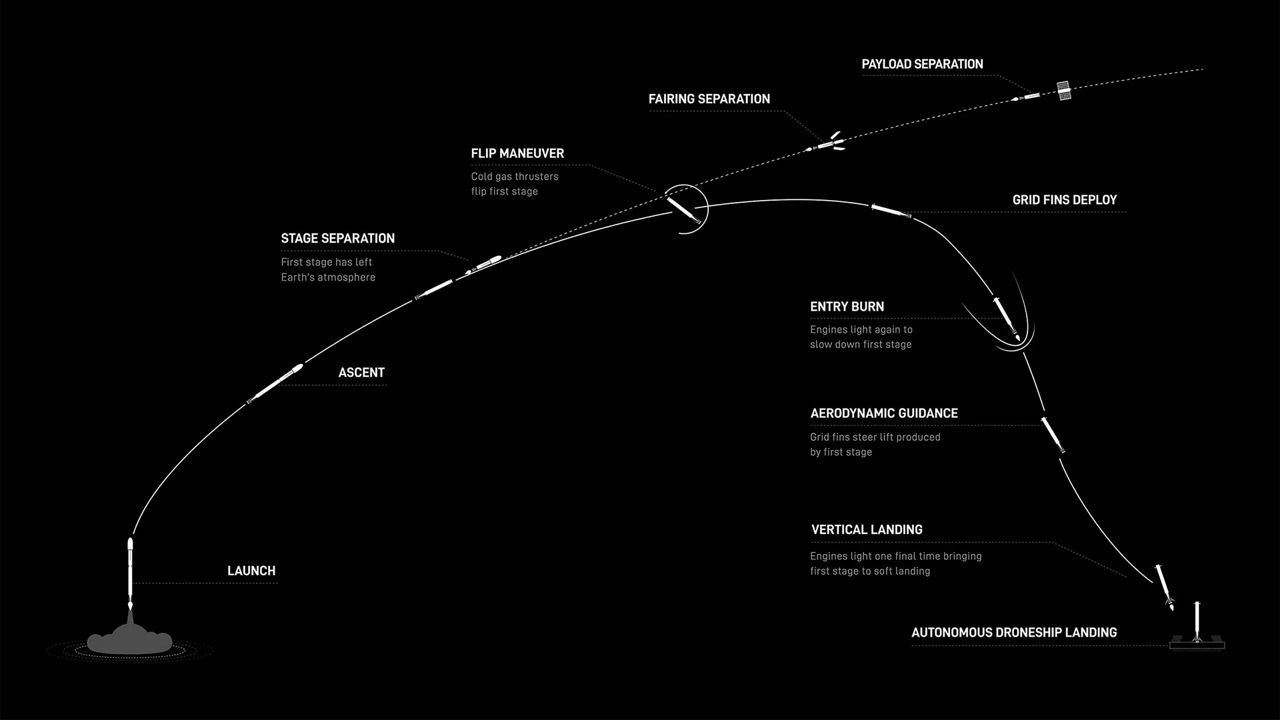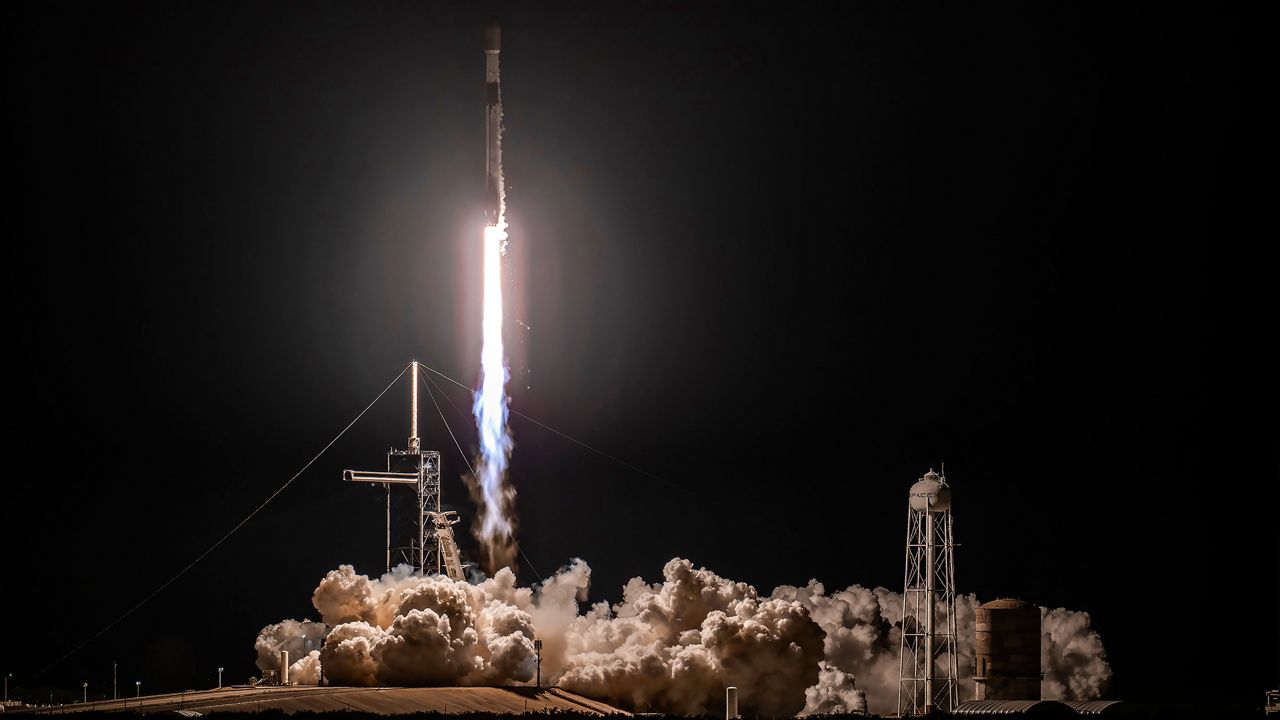KENNEDY SPACE CENTER — During the early morning hours of Saturday, SpaceX had a successful launch of its Falcon 9 rocket after the Federal Aviation Administration grounded the famed rocket fleet following an "anomaly" during a Starlink launch in July.
What You Need To Know
- SpaceX sent off Starlink 10-9 mission from Launch Complex 39A at Kennedy Space Center
- It is the first SpaceX launch of the Falcon 9 rocket since its FAA clearance
Falcon 9 lifts off from pad 39A in Florida! pic.twitter.com/ozYLYUxCss
— SpaceX (@SpaceX) July 27, 2024
Falcon soars again
SpaceX’s Falcon 9 rocket left Launch Complex 39A at Kennedy Space Center at 1:45 a.m. ET, stated SpaceX.
The four-hour launch window opened at 12:21 a.m. ET.
The forecast looked good for the early Saturday morning launch, according to weather experts. The 45th Weather Squadron gave an 85% chance of good liftoff conditions, with the only concern being the cumulus cloud rule.
If the launch did not happen, the next attempt would have been Sunday, July 28, at the same time.
Before this launch, the Falcon 9 booster B1069 had 16 missions under its belt already.
- CRS-24
- Hotbird 13F
- SES-18 & 19
- OneWeb
- 12 Starlink missions
The first-stage booster landed on the Just Read the Instructions droneship, which was out in the Atlantic Ocean.
Falcon 9 lands on the Just Read the Instructions droneship pic.twitter.com/56KSGFLeON
— SpaceX (@SpaceX) July 27, 2024

About the Starlink 10-9 mission
The 23 Starlink satellites are now in low-Earth orbit and joined the thousands that call that location home.
Dr. Jonathan McDowell, of Harvard-Smithsonian Center for Astrophysics, has documented Starlink satellites.
Before this launch, McDowell logged the following:
- 6,215 are in orbit
- 5,848 are in operational orbit
Why the Falcon 9 was grounded
On Thursday, July 25, the FAA gave SpaceX clearance to launch the Falcon 9 rocket again, with the California-based company's first mission taking off from Florida.
During the Starlink 9-3 mission that took off from Vandenberg, Calif., on Thursday, July 11, SpaceX’s Falcon 9 rocket had a malfunction during liftoff. The 20 Starlink satellites it was carrying could not achieve low-Earth orbit and fell back down to Earth.
SpaceX owns the Starlink company.
A few days later, SpaceX requested a public safety determination to be made by the FAA to show that the Falcon 9 rocket fleet does not pose a risk to the public.
The FAA grounded the famed Falcon 9 rocket from taking off until SpaceX could determine the cause of the second-stage engine failure.
SpaceX stated in its report to the FAA that the problem was identified as a liquid oxygen leak.
“During the first burn of Falcon 9’s second stage engine, a liquid oxygen leak developed within the insulation around the upper stage engine. The cause of the leak was identified as a crack in a sense line for a pressure sensor attached to the vehicle’s oxygen system. This line cracked due to fatigue caused by high loading from engine vibration and looseness in the clamp that normally constrains the line. Despite the leak, the second stage engine continued to operate through the duration of its first burn, and completed its engine shutdown, where it entered the coast phase of the mission in the intended elliptical parking orbit,” stated SpaceX.
The liquid oxygen leak on the upper stage prevented a second burn and caused extreme cooling of engine components, which also impacted the release of ignition fluid to the engine, explained SpaceX, adding that this caused the engine to have a hard start and “caused the upper stage to subsequently lose attitude control.”
That Falcon 9 first-stage booster, B1063, had 19 missions to its name, most of them Starlink launches. Most notable of its missions is NASA’s DART mission which saw a spacecraft slam into an asteroid on purpose.
SpaceX conducted a static fire test on a Falcon 9 on Thursday, July 25, which was successful.
The FAA shared a statement with Spectrum News, stating that there are no public safety issues after a review.
“After a comprehensive review, the FAA determined no public safety issues were involved in the anomaly that occurred during the SpaceX Starlink Group 9-3 launch on July 11. This public safety determination means the Falcon 9 vehicle may return to flight operations while the overall investigation remains open, provided all other license requirements are met,” the FAA stated.



